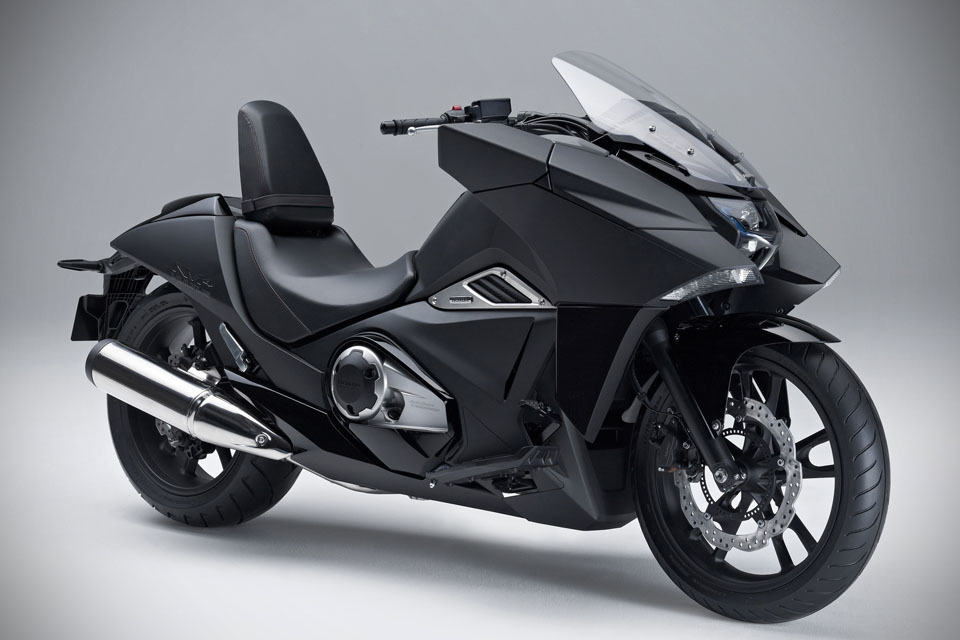Well, that was fast. In just under three years after Xiaomi revealed its intention to enter the EV market, the tech company already revealed its first EV, the SU7. The aesthetic of the SU7 is exactly as the leak images. Also as expected, two versions of the SU7, the SU7 and SU7 Max were revealed with a SU7 Pro model to arrive sometime in 2025.

The regular version is rear-wheel driven while the Max and the range-topping Pro are all-wheel-drive models. The SU7 and SU7 Max are powered by in-house developed e-motors Xiaom HyperEngine V6 series which include V6 and V6s.
The e-motors are so named as a nod to the V6 internal combustion engine which they have similar performance. The V6 series e-motor is one of the industry’s fastest-spinning motors at 21,500 RPM.
The Xiaomi HyperEngine V6 puts out 299 PS/220 kW and 400 Nm (295 lb-ft) and runs on a 400V architecture. Meanwhile, the Xiaomi HyperEngine V6s develops 374 PS/275 kW and 838 Nm (618 lb-ft) and runs on a true 800V architecture.
There is also another e-motor being developed, and that is the Xiaomi HyperEngine V8s which is capable of 27,200 RPM. This groundbreaking e-motor boasts a super strong housing to keep it together as well as a bi-directional oil-cooled heat dissipation system to keep the heat in check.

The V8s produces 568 PS/425 kW and turns out 635 Nm (468 lb-ft). It has a 98.11% efficiency and wattage-to-weight ratio of 10.15 kW/kg. To put the number in perspective, the Tesla Model S Plaid has a w/g ratio of 6.22 kW/kg, and the Taycan Turbo is 5.29 kW/kg.
Why do we mention Tesla and Porsche? Well, that’s because SU7’s design and performance are benchmarked against Tesla and Porsche. I am sure looking at the design, you will not be surprised that this is the case.
Speaking of design, the headlight is of special interest. Much like the MINI’s taillight which is a nod to its UK heritage with a Union Jack design, the headlights of the SU7 spelled the Chinese character “mi”.
Anyhoo, while the HyperEngine V6 and V6s are destined for production cars in 2024, the V8s motor is expected to find its way to production cars in 2025. Those are not it as far as e-motor goes.

There is also a 35,000 RPM motor under development featuring a new kind of carbon fiber reinforced outer housing too. I know. It’s absolutely bonkers.
As far as the electrical system goes, Xiaomi SU7 features Xiaomi’s self-developed 800V silicon carbide high-density platform. This platform is actually 871V, btw.
Xiaomi also collaborated with leading battery maker CATL for Xiaomi 800 V battery pack which is integrated into an in-house developed Cell to Body or CTB technology.
CTB, which is a fairly new tech in the EV industry, improves rigidity and also negates the need for a separate floorboard. This allows it to be thinner which in turn allows for a taller cabin space.

The battery pack is only 120 mm thick and boasts 7.8 m2 of water-cooled surfaces along with heat resistance material used in astronaut suits in between cells. Sandwiching the cells is no less than 14 levels of protection to prevent puncture and whatnot.
The battery pack further stands out with inverted cells which allow each cell’s pressure relief outlet to face downward. In the event of over-pressuring, pressure will be released downward and not upward at the cabin, thus safeguarding the occupants. Oh, Xiaomi also invested in a battery factory.
The SU7 is a four-door, 5-seater C-segment sedan that, like most EVs, felt more like a sports car. The SU7 makes the century sprint in a respectable 5.28 seconds while the Max model wipes 0-100 (62 mph) in a supercar 2.78 seconds.
The SU7 is outfitted with a 73.6 kWh battery pack that offers a CLTC range of 668 km (415 miles) Meanwhile, the SU7 Max has a 101 kWh system that will lend it up to 800 km (497 miles) range.

On the outside, the Xiaomi SU7 has a sleek line that affords it a drag coefficient of just 0.195 Cd which is the lowest in production vehicles so far. However, it is not clear what’s the Cd of the model with LiDAR. And yes, it will have smart driving aka autopilot.
The Xiaomi SU7 [CH] is longer than the Porsche Taycan with dimensions of 4,997 mm in length, 1,963mm in width, and 1,455mm in height, and it has short overhangs that allow a long wheelbase of 3,000mm.
As for storage, it offers a spacious 105-liter (3.7 cubic feet) frunk and a 517-liter (18 cubic feet) trunk.
On the inside, the interior features advanced technology, including a 16.1″ central control screen with 3k resolution, a 7.1″ instrument panel for the driver, and two Xiaomi Mi Pad screens for rear passengers, with compatibility with Apple iPad.

Its 56″ HUD offers navigation, while the cockpit is run by HyperOS, powered by a Qualcomm Snapdragon 8295 processor. The Xiaomi Pilot automated driving system utilizes two Nvidia Orin-X chips, boasting 508 TOPs of computing power.
Price-wise, there are still no official words. We are going to stick to the speculated 300,000 yuan (about US$42,370).

Images: Xiaomi EV [CH].


